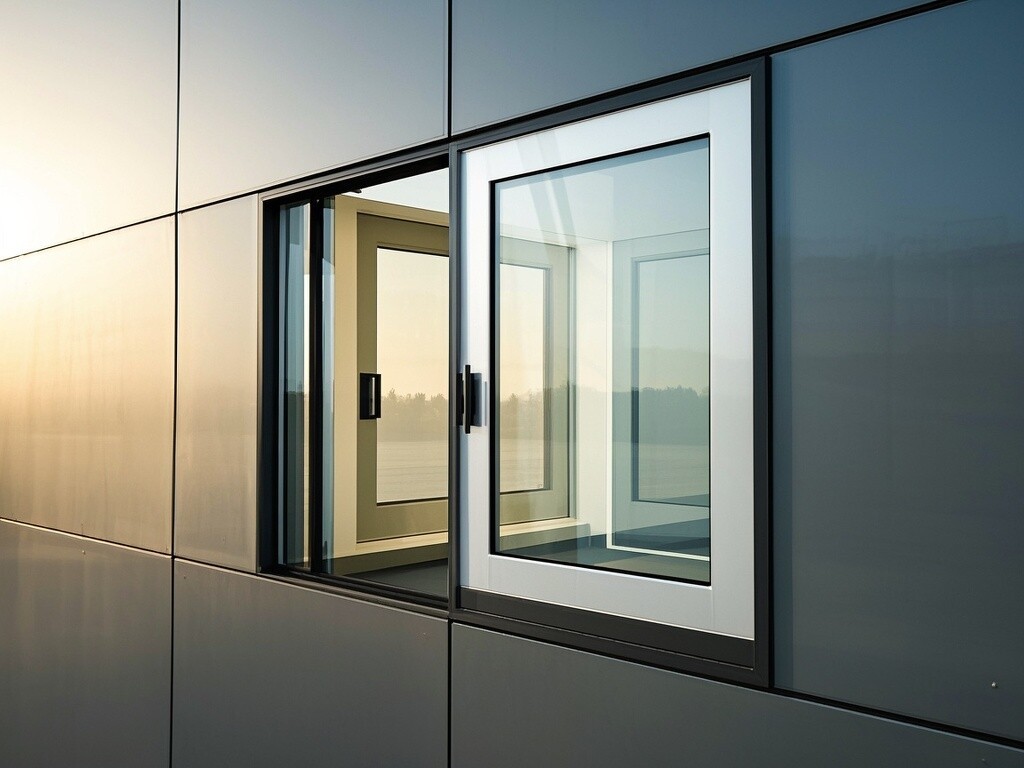
Blog
Choosing between double glazed and single pane windows impacts energy bills, comfort, and property value. This technical comparison reveals critical differences for residential and commercial applications.
Fundamental Construction Differences
Double glazed window feature two glass panes separated by a vacuum or inert gas (typically argon) layer, creating an insulating barrier. The International Glazing Database (IGDB) shows this design reduces heat transfer by 50-70% compared to single pane alternatives. Modern units often include:
- Low-emissivity (Low-E) coatings
- Warm edge spacers
- Thermally broken frames
Single pane windows, while still used in mild climates and budget projects, lack these advanced features. Their U-factor typically ranges from 1.0-1.3 W/m²K versus 0.8-1.1 for double glazed units.
Performance Comparison
Energy Efficiency Impacts
The US Department of Energy estimates double glazed windows can reduce heating/cooling costs by 12-33% annually. In extreme climates, the payback period often falls below 7 years. Key factors influencing performance:
- Glass-to-frame ratio
- Spacer material conductivity
- Frame thermal breaks
Cost-Benefit Analysis
While double glazed windows command a 15-30% premium initially, lifecycle costs favor them significantly:
- Installation: $300-700 per window (double) vs $150-400 (single)
- Energy Savings: $100-300/year for average homes
- Maintenance: Reduced cleaning/repair needs
Specialized Applications
Our German-engineered systems excel in demanding environments:
Commercial Buildings
Meeting EN 14351-1 standards for wind resistance and air permeability, our curtain wall systems achieve:
- Air infiltration ≤ 0.5 m³/(m²h)
- Watertightness up to 600Pa
- Structural performance to Class 4
Historic Renovations
Custom slim-profile double glazed units maintain architectural integrity while improving EN 12758 acoustic ratings by 8-12dB.
Why Choose Our Double Glazed Solutions?
As Foshan's leading aluminum system innovator, we combine:
- German CNC machining precision (±0.1mm tolerance)
- Thermal simulation-optimized profiles
- 5-stage surface treatment (QUV 3000hr tested)
Request a project-specific U-value calculation from our technical team today.
Please give us a message


